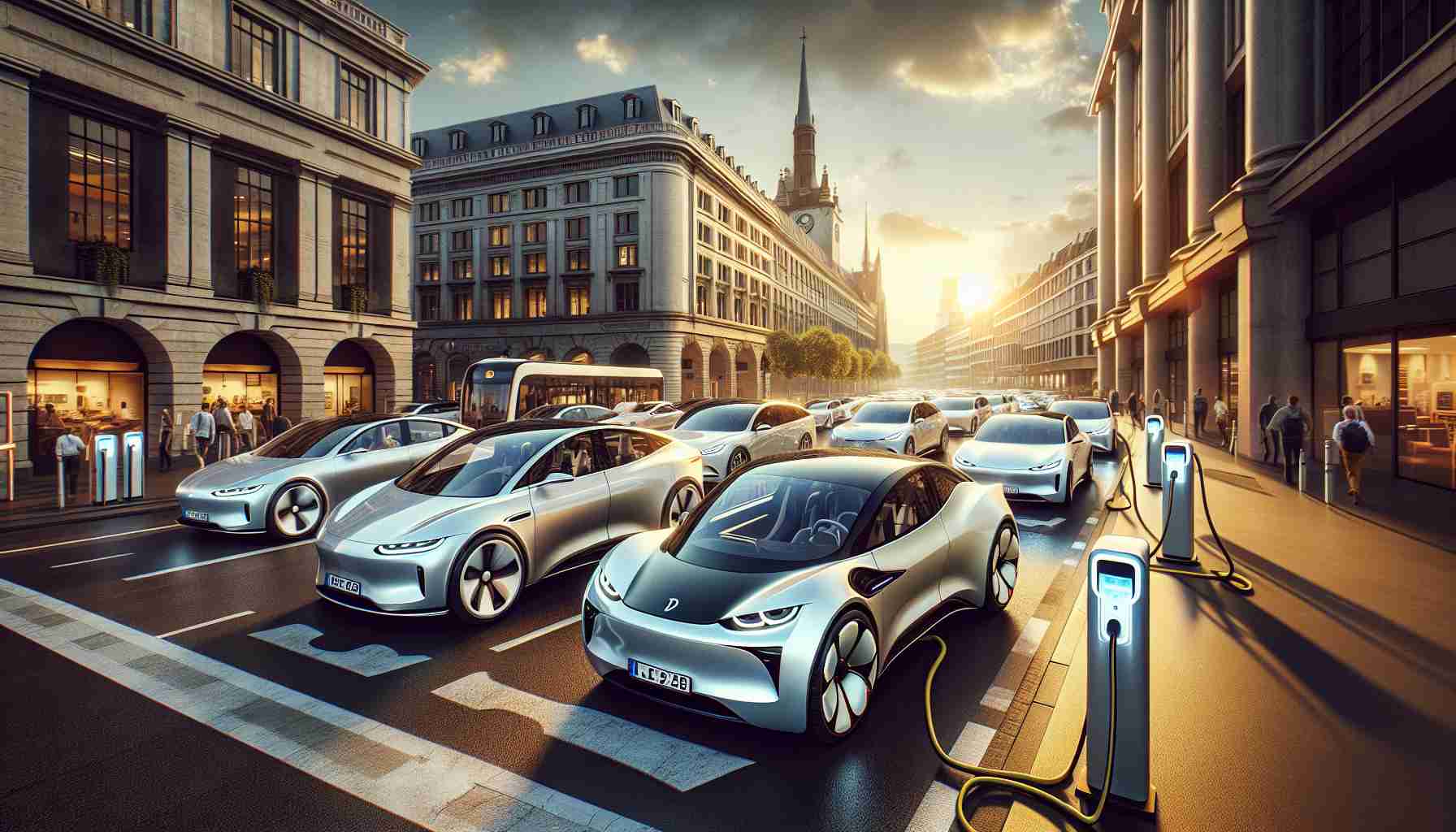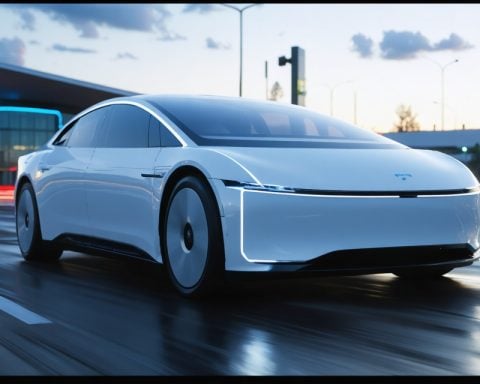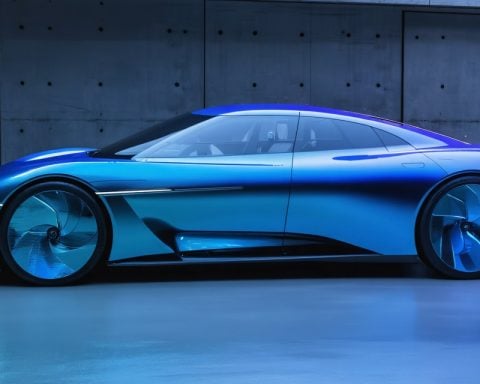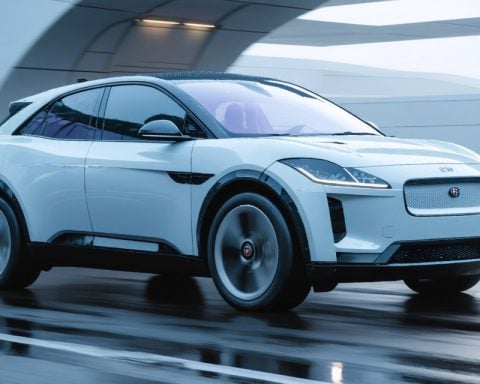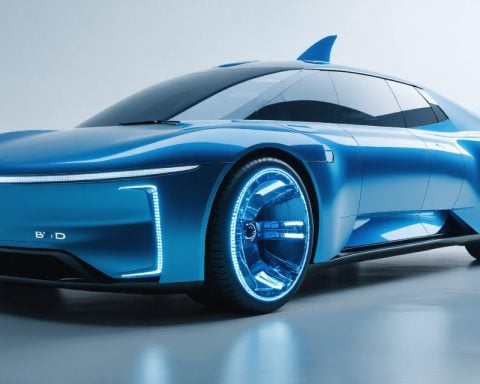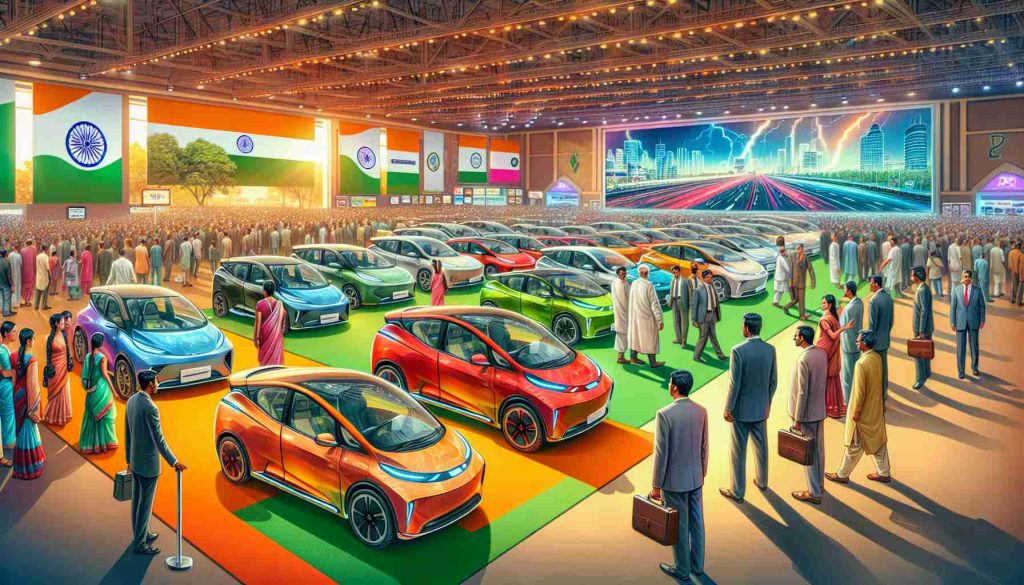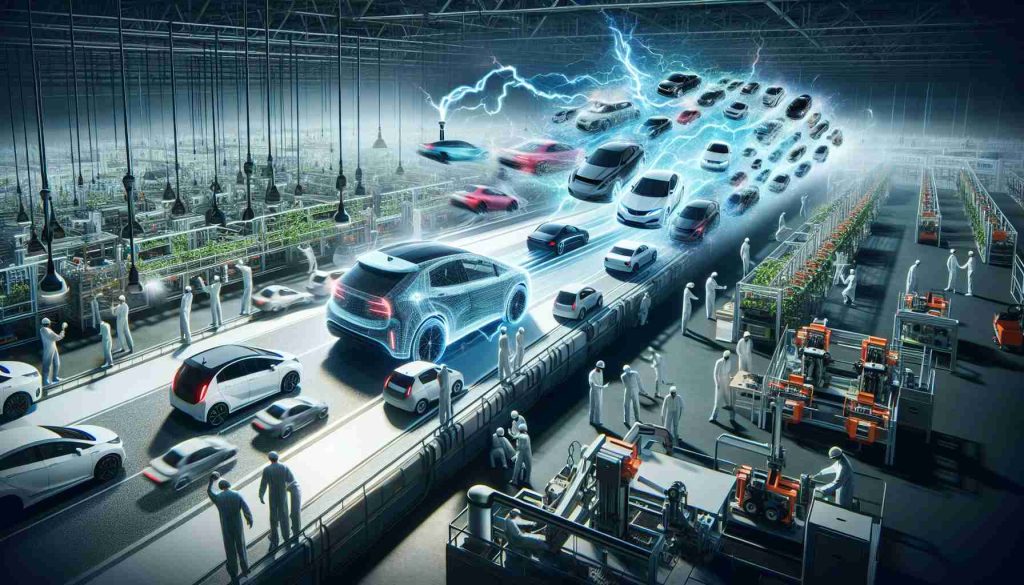As Europe confronts the challenges facing its electric vehicle (EV) market, questions arise about the industry’s ability to meet ambitious sales targets in the coming decade. Following a period of rapid growth, sales of electric cars have recently stalled, prompting urgency among policymakers and manufacturers alike.
Despite the initial surge in EV popularity, market fluctuations and supply chain disruptions have hindered progress. Analysts suggest that uncertainty over government incentives and infrastructure development has added complexity to consumers’ purchasing decisions. The ongoing reshaping of energy policies in response to climate emergencies plays a pivotal role in influencing market dynamics.
To regain momentum, industry stakeholders are re-evaluating strategies. Key players are prioritizing the enhancement of charging infrastructure and the expansion of model offerings to attract a broader customer base. Strengthening public-private partnerships could be crucial in driving these changes.
Experts believe that achieving the ambitious sales targets set for the next five to ten years is not entirely out of reach. However, this will require a concerted effort from manufacturers, governments, and consumers. Increased investment in technology and sustainable energy solutions is vital for fostering a robust EV ecosystem.
As Europe navigates this transformative phase, the commitment to reducing carbon emissions remains steadfast. The path ahead is challenging, yet the potential for innovation within the electric vehicle market may pave the way for a greener future. Stakeholders are hopeful that renewed collaboration will spark a resurgence in electric car adoption.
The Broader Implications of Europe’s Electric Vehicle Market Transformation
As Europe grapples with the challenges inherent in its electric vehicle (EV) market, the consequences extend far beyond the automotive sector. The ongoing transformation of the EV landscape influences societal norms, cultural perceptions of sustainability, and the global economy in profound ways.
The shift towards electric mobility represents a critical aspect of Europe’s commitment to combat climate change. As consumers increasingly favor sustainable options, cultural attitudes toward transportation are evolving. Vehicles are no longer viewed merely as modes of transport; they are becoming symbols of environmental responsibility. This cultural shift encourages individuals and communities to embrace greener practices, prompting a broader societal push toward sustainability.
Economically, the electric vehicle market is a crucial driver of job creation and innovation. As the demand for EVs grows, new opportunities emerge in manufacturing, research and development, and infrastructure. Transitioning to electric vehicles could stimulate local economies, especially in regions focused on clean energy technologies. Countries investing in EV infrastructure may find themselves positioned as leaders in the global market, potentially reshaping economic alliances and trade relationships.
The environmental implications of a successful EV market expansion are significant. Enhanced adoption of electric vehicles has the potential to dramatically reduce greenhouse gas emissions. However, this transition is not without its challenges; the sourcing of materials for batteries raises concerns about resource depletion and ecological impact. Addressing these issues will require stringent regulations and ethical sourcing practices to ensure that the drive toward sustainability does not inadvertently harm the planet.
Looking to the future, the evolution of the electric vehicle market is poised to be influenced by several trends. Advances in battery technology, such as improved energy density and reduced charging times, are expected to play a critical role in consumer adoption. Furthermore, the growing emphasis on renewable energy sources to power EVs aligns with broader goals of reducing reliance on fossil fuels.
The long-term significance of Europe’s EV market initiatives may also redefine urban infrastructure. As cities adapt to accommodate electric vehicles, we may witness a transformation in public transport systems, road usage patterns, and energy consumption. Smart cities of the future could integrate EVs into their design, enhancing urban efficiency and fostering cleaner environments.
In conclusion, the challenges facing Europe’s electric vehicle market serve as a microcosm for broader societal and environmental shifts. The interplay between consumer behavior, market dynamics, and regulatory frameworks will undoubtedly shape the future landscape of mobility. If stakeholders can effectively collaborate and innovate, the potential for creating a cleaner, more sustainable future through electric vehicles is not only achievable, but essential for our global community.
Revitalizing Europe’s Electric Vehicle Market: Key Strategies and Insights
As Europe seeks to overcome obstacles in its electric vehicle (EV) market, it is essential to analyze the strategies and innovations necessary to stimulate growth. With the current stagnation in sales and the looming pressures of climate change, stakeholders must adopt a comprehensive approach. Here, we explore various angles, including FAQs about EV potential, pros and cons, and forward-looking predictions.
FAQs: What You Need to Know About Electric Vehicles in Europe
Q1: What are the main challenges facing the EV market in Europe?
A1: The key challenges include supply chain disruptions, inconsistent government incentives, and insufficient charging infrastructure. These factors create uncertainty for consumers and manufacturers alike.
Q2: How is the charging infrastructure evolving in Europe?
A2: Major investments are being made to expand charging networks, including the installation of fast chargers along highways and urban centers. Public-private partnerships are being leveraged to facilitate this growth.
Q3: Will government incentives for EVs continue to play a significant role?
A3: Yes, government incentives are crucial for encouraging EV adoption, particularly as consumers navigate the financial implications of transitioning from traditional vehicles. Ongoing policy support is vital for maintaining momentum in the market.
Pros and Cons of the Current State of the EV Market
Pros:
1. Environmental Commitment: The shift towards EVs significantly contributes to reducing carbon emissions, aligning with Europe’s climate goals.
2. Technological Innovation: Enhanced battery technology and software developments promise to improve vehicle performance and decrease costs over time.
Cons:
1. Market Volatility: Recent fluctuations raise questions about the sustainability of EV sales growth, which can deter investment.
2. Consumer Hesitance: The uncertainty surrounding charging infrastructure and vehicle reliability may lead consumers to postpone EV purchases.
Controversial Perspectives on EV Adoption
Debate continues regarding the environmental impact of EV production compared to traditional vehicles. Critics argue that the resources required for battery manufacturing can result in significant carbon footprints. However, proponents counter that the long-term environmental benefits of using EVs, especially when charged with renewable energy, outweigh these initial concerns.
Predictions for the EV Market in Europe
Experts predict that by 2030, the EV market will see more than half of all new vehicle sales comprise electric models, provided that current challenges are addressed effectively. Enhanced collaboration between manufacturers and governments is expected to play a crucial role in ensuring sustainable growth. Innovations in energy storage and renewable energy integration are also likely to reshape the landscape.
Quick Tips for Potential EV Buyers
1. Research Incentives: Always check local and national incentives to understand potential savings when buying an EV.
2. Evaluate Charging Options: Consider your home and workplace charging availability before purchasing.
3. Stay Informed on Technology: Follow developments in EV technology to ensure you choose a model that meets your needs efficiently.
As Europe shifts gears in its approach to electric vehicles, the outlook remains hopeful, driven by innovation and collaborative efforts among all stakeholders. To explore more about navigating the evolving EV landscape, visit World Economic Forum for further insights.
